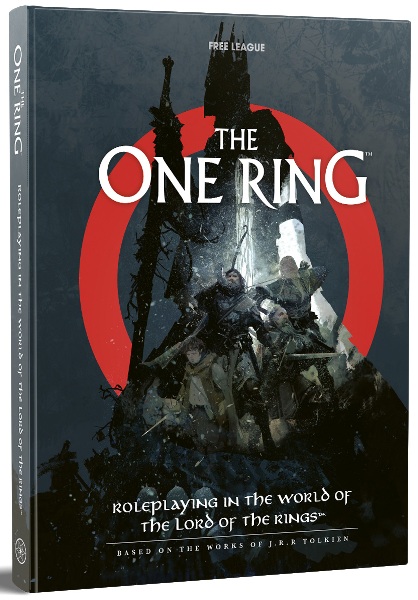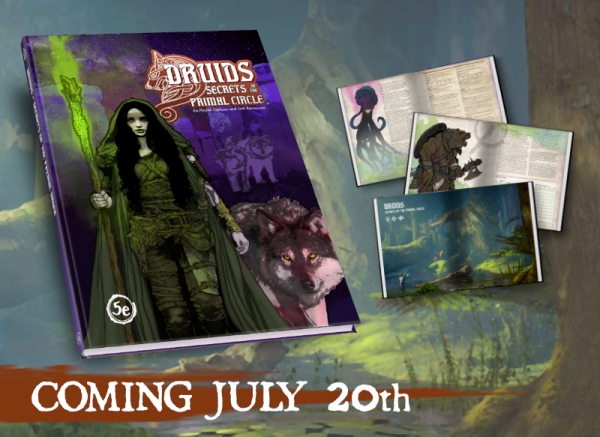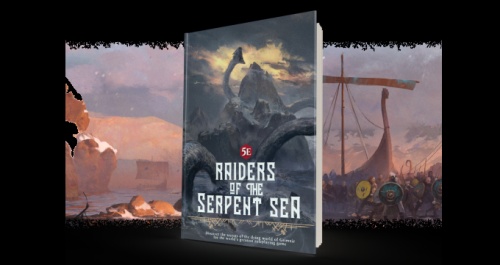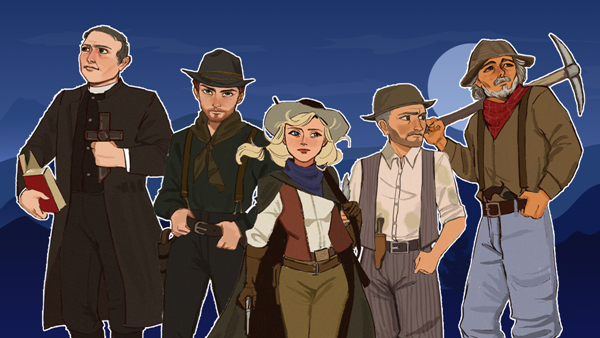
The One Ring
The One Ring is an epic fantasy role-playing game placed in J.R.R. Tolkien’s Middle-earth, written by Francesco Nepitello, Marco Maggi, Michele Garbuggio, James Michael Spahn, and Jason Durall and published by Free League Publishing.
By Aaron T. Huss

Learn more about The One Ring here
Purchase The One Ring here (paid link)
Find other The One Ring posts here
The One Ring is the latest role-playing game placed in J.R.R. Tolkien’s Middle-earth amongst the world of The Hobbit and Lord of the Rings. This second edition is the Free League Publishing-published edition which is a evolution and revision of the edition published through Cubicle 7 many years ago (which I happen to own, complete with the broken binding that is so common for the printed paperbacks of those core rulebooks). Although I prefer the old cover art to this latest book, the game itself seems to have evolved positively (like other games have in the history of RPGs, but we won’t talk about that here). But enough about that, let’s talk about the game!
I’m not going to get into the details of what’s different between this second edition and the first edition (there is a 6-page document out there that details all that), but I will point out the changes to the setting as I find it warrants a brief discussion. Middle-earth in itself is a setting of significant size with a great timeline that includes the span of time from The Hobbit to the Lord of the Rings trilogy. Second edition moves the timeline compared to first edition from 2946-2951 to 2965. It also moves the focus of the setting from Wilderland to Eriador. Why is this important? Well, because it details additional canon not available from the first edition, but it also means the source material from the first edition is 100% usable in the second edition, providing you with a wider period of time to represent with your games. This effectively increases the replayability and even allows for lengthier campaigns that span decades.
Decades? Yes, if you’ve played The One Ring you’ll know that the game focuses on long-period games where the story that unfolds last years and years instead of weeks or months. The did adjust the “adventuring” time period in the second edition by shortening them down to seasons, allowing for 3-4 adventures per year instead of 1-2, but your gaming group can still create a campaign (or really a career) that spans a decade or more!! That’s one of my favorite aspects of The One Ring in that you’re never focusing on a single series of connected events resolved in less than a year; you’re looking at a series of seemingly disconnected events (although they are possibly connected by an overarching background story) that resolve and move one, much like reading a series of short stories. The period between these adventures is a source of narrative called the Fellowship Phase. The game isn’t placing players in Middle-earth for life changing events to be thwarted by a band of heroes; your really delving into the fiction of the setting to create this elaborate storyline of adventurers who get the itch to head out and do something good (or bad I guess, depending on what type of game you want to play).
When it comes to history, I’m drawn to the Dark Ages more than the high Middle Ages; this is one aspect of The One Ring I’m drawn to in that the weaponry and gear is what was available in the Dark Ages. It’s not full plate with a wide array of weapons and there’s no magic available for characters to choose from. It’s like creating a dark fantasy game but without the horror elements and focusing on the greater storyline and not just the conflicts. It’s really a different type of fantasy game that deviates heavily from the vanilla fantasy that is so popular in other fantasy games.
I don’t know why they changed the artwork out so much going from the first edition to second edition. I actually like the artwork better in the first edition, but I do like the artwork as well in the second edition; just not as much. If I personally were to choose between first and second edition for lengthy gameplay, I would choose first edition with a couple improvements introduced in second edition (such as the journey rules). However, the setting content from both can be used in each and I love how the setting was expanded upon by shifting the focus to a different region. It basically allows those who own the first edition book to still use them in some fashion with their second edition games.
Regardless of my views of first vs. second, The One Ring is one of my favorite fantasy RPGs and not just because it’s set in Middle-earth but because it’s a simple, fun setting without all those flashy high fantasy bits that can sap the excitement out of a storyline. But then, that’s the type of game I like to play while others yearn for the high action and adventure of other fantasy RPGs.



